During a full renovation, you cannot do without finishing the walls in residential premises, including walls. And for sophisticated design, one of the best options remains plain wallpaper, capable of emphasizing more important elements interior Therefore, non-woven wallpaper for painting is increasingly leading among building materials with textured surface. And as a main background, their base is great for repainting over and over again. Fiber-based wallpaper is much easier to glue to the wall, since it does not need to be pre-treated with glue. Their advantages over other finishing materials can only be assessed during application and long-term operation.
What do paintable non-woven wallpapers look like and what are they made of?
Non-woven fabric is inexpensive natural materials as a base for painting. They are elastic and hypoallergenic, have a porous structure, due to which the material “breathes”, that is, it tolerates temperature changes and increased humidity well. This is like a fabric produced on the basis of a different technology - non-woven. They look like a thin pressed layer of cellulose wool, rolled into several layers, where the outer one has an interesting textured pattern. For example, non-woven wallpaper for painting, photo:
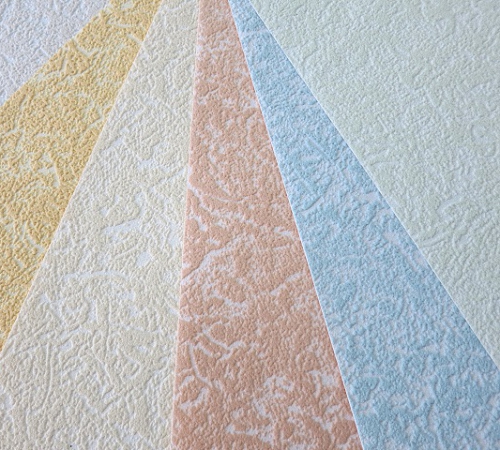
Thanks to your unique properties, textured and smooth non-woven wallpaper for painting are leaders in the building materials market. They have a more natural, eco-friendly appearance than vinyl, and can easily withstand small expansions - they can stretch a little. And this is an indispensable quality when covering a base, which can gradually become wet and dry out, crack, or even mix when shrinking. No other material can hide microcracks and defects in the joint of wood with drywall or brickwork. Therefore, they are used where construction needs to be completed quickly, without waiting for the house to completely shrink.
Non-woven wallpaper is produced on the basis of non-woven fabric, familiar to many dressmakers, which is used as a working material for strengthening from the inside - the sides of jackets, pockets, fur seams, etc. For painting in construction, this base is produced in rolls, like any other wallpaper. They are often coated with vinyl or polymer on the front side. White non-woven wallpaper for painting or yellowish, cheaper and transparent wallpaper are most often offered for sale. This makes it possible to paint them in any color, including spraying white enamel.
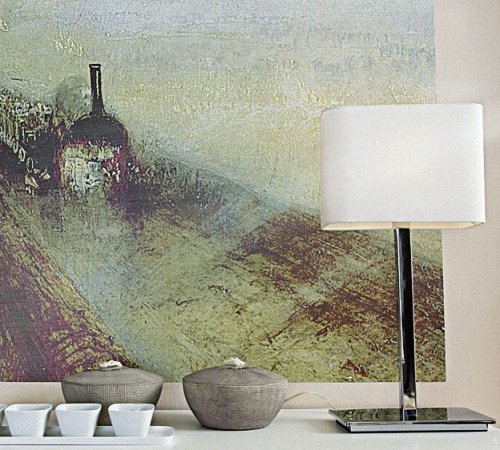
Non-woven fabric is a single-color fibrous base that is applied to the prepared surface. And although advertising says that they hide wall defects, in reality this is not entirely true. Any base for painting can hide only minor errors, but the walls must be carefully plastered or otherwise prepared for their application. There should be no sections on the walls underneath them different color or texture, since this will be immediately noticeable, even after painting. The base affects the final result when painting walls, so the shade of smooth non-woven wallpaper for painting should be close to the expected color of the walls.
Attention: This is a fairly transparent base, so if there was any decor or design on the wall, it must be painted over! All bulges and dents must be removed as for any other wallpaper. It is also necessary to remove old wallpaper and knock down tiles before plastering.
Fully non-woven or vinyl coated - it is fundamentally important only when choosing paint and glue. When gluing wallpaper, there is no need to wet it or soak it with glue, since it does not need to be soaked. This is very convenient when working with a large area, for example, on walls covering several floors near the stairs. It is enough to smear the wall with glue and mark a vertical line with a plumb line so that the cut part of the roll can be applied to the prepared base.
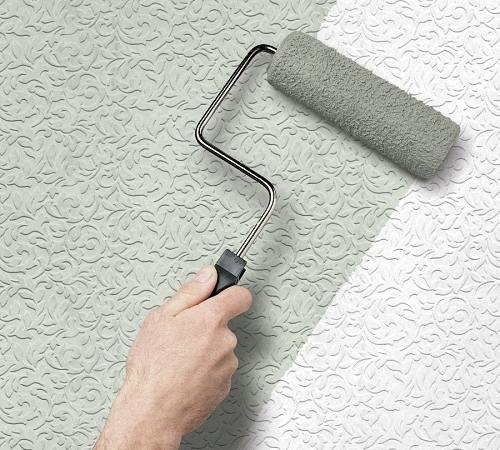
The main pros and cons of non-woven wallpaper
Non-woven wallpaper enjoys well-deserved success not only among interior designers, but also among ordinary consumers, due to a number of properties:
- wall finishing technology is extremely simple;
- there is no need to apply glue to the panel, only the wall is coated;
- the textured base does not require scrupulous adjustment to the “pattern”;
- minor stains can always be painted over;
- if there is a lack of finances during the repair, they can be left after pasting until the next stage - painting;
- suitable for interior spaces of any size and number of floors;
- do not stretch, shrink or sag when applied;
- do not support combustion and do not emit toxic fumes in the event of a fire;
- retain high strength after several repaintings;
- if necessary, the panels can be glued horizontally or at an angle, for example, under the stairs;
- high noise absorption, especially with a noticeable relief, which is especially valued by musicians and music lovers;
- repairs are relatively economical, especially with secondary painting;
- the ability to frequently change the appearance of the interior;
- hide small cracks and other imperfections on the wall surface;
- are not afraid of shrinkage due to plasticity;
- a natural hypoallergenic material based on cellulose fibers with fastening additives, making it recommended for bedrooms and children's rooms.
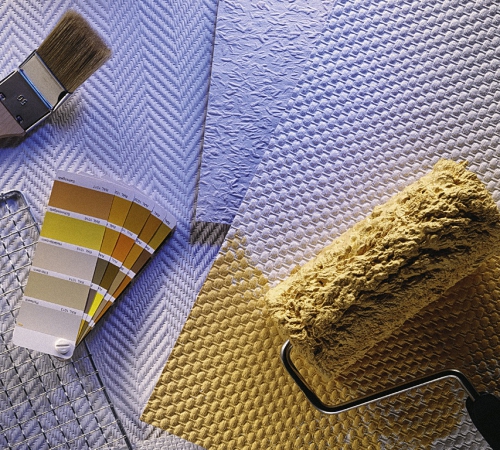
Among the disadvantages are:
- high specific gravity - large canvases have to be glued together with an assistant;
- you need to level the wallpaper on the wall carefully, there should be a little glue, and any glue that appears on the panel should be wiped off immediately so that there is as little as possible on the front side, from where it is difficult to remove;
- the finely porous, unexpressed texture loses its properties after 2-3 paintings, especially when using heavy oily paints.
How to choose non-woven wallpaper for painting?
Not only non-woven wallpaper is used for painting, but also rolls of fiberglass, which has other technical parameters. Therefore, all these points need to be clarified when purchasing, especially from online catalogues. The instructions should indicate how to glue non-woven wallpaper for painting and what glue to use. Most often, a special adhesive composition and water-soluble paints (emulsions) or enamels for vinyl with the addition of pigment are used. The paint should be slightly darker than the translucent base (painting non-woven fabric).
Attention: Before purchasing, check the packaging to calculate the consumption. Wallpaper for painting such as Sintra, Marburg, Rasch is sold in boxes, and Practic in rolls.
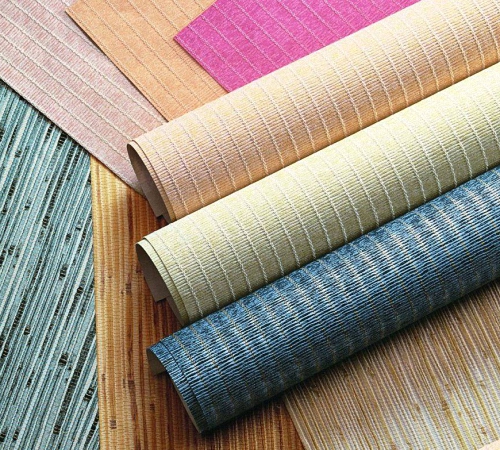
When purchasing glue, you need to follow the recommendations specified in the instructions for the wallpaper. If you cannot find a suitable composition in a hardware store, use universal wallpaper glue, which is usually diluted warm water.
Today there are at least 150 varieties of wallpaper available for painting from different manufacturers. When choosing painting non-woven fabric or wallpaper for painting, you should pay attention to:
- length and width of rolls;
- textured pattern;
- composition (with or without vinyl);
- shade options.
Attention: Some catalogs have a special option for selecting the color and recommended pigment. Computer tinting makes it possible to most accurately automatically match the shade of paint and base.
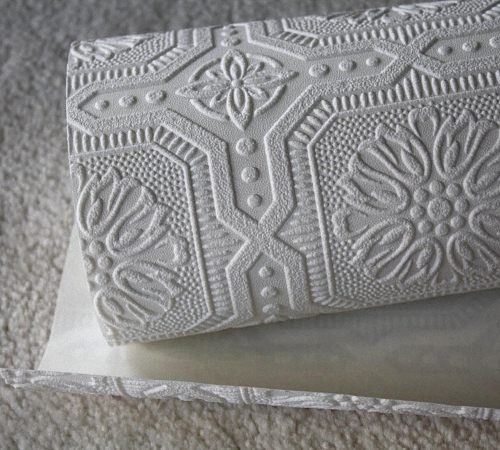
Among the manufacturers of the highest quality wallpaper for painting are:
- German companies Marburg, A.S. Creation and Rasch Textile;
- British Cole
- French Casamance;
Some collections demonstrate a new design approach, innovative textures and protective coatings, 3D effect for extravagant interiors. There are also “anti-vandal” offers of increased strength and with an “anti-marker” coating that protects against children’s “arts”. And ERFURT produces wallpaper without a vinyl layer and without chemical components, and although they are less impressive, they are leaders in terms of environmental friendliness.
Cut out the wallpaper
All cutting work is carried out on a clean floor, free of foreign objects, where it is convenient to roll out rolls. The reference length is measured along a plumb line in the center of the wall, since small errors are possible at the corners. The resulting value is measured on the first roll with a margin to allow for trimming at the baseboard.
Paintable wallpaper without a textured pattern does not require the selection of pattern repeat, which is required in a clearly patterned base. The reference piece is not pasted on - the rest of the panels are measured from it so that there is no error. Then it can be used at the end of the work. At the same time, the direction of the drawing is observed - top and bottom, if it is expressed.
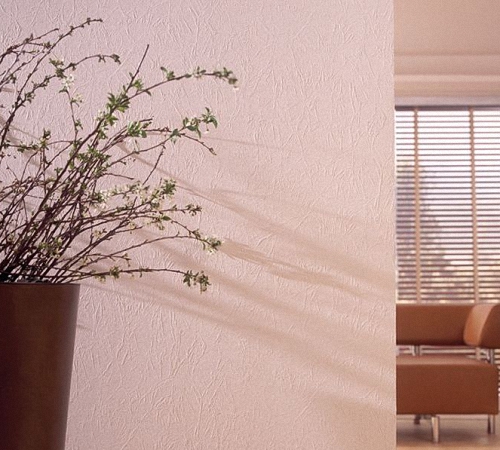
Preparing the surface of walls and ceilings
Any wallpapering specialist will confirm that the final result and overall impression depend on the quality of the prepared surface. To avoid having to redo the work, tighten up loose corners or remove entire panels, it is worth carefully leveling and plastering the walls.
The whitewash needs to be washed off as much as possible, since the lime does not hold the non-woven material. It is important to strengthen any unstable base, and remove dust and dirt. It wouldn’t hurt to putty the walls again to level out all the cracks, nail marks and seams at the drywall joints. When the layer is dry, sand it with sandpaper in a circular motion, then apply a primer.
Old wallpaper and peeling paint are removed with a spatula, paper sheets are moistened with warm water and removed after soaking. Not everyone knows how to remove old non-woven wallpaper from a wall, especially if the painted vinyl layer on it is damaged. They can be removed even when dry, by prying the edges with a spatula, after which you must carefully pull them towards you.
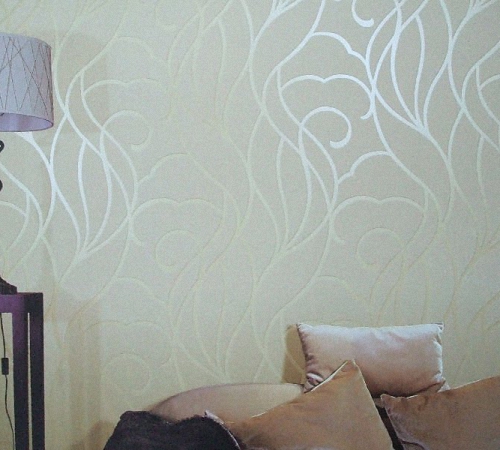
Attention: Wallpaper falls off with a characteristic crunch, but this should not be taught to children so that they do not experiment in your absence!
After washing smoothly painted walls with a neutral soap composition, they are also treated with sandpaper to make it rough. This makes it easier to apply non-woven wallpaper to the wall for painting, video at the end of the article.
The use of non-woven wallpaper for painting in the interior
Visually this finishing material- 10-meter or 25-meter rolls of the usual width for wallpaper, about 1 m and 0.53. The catalogs have everything possible options textured pattern and a completely smooth base for painting. But they have their own varieties:
* vinyl wallpapers on a non-woven base for painting in the form of a thick canvas, onto which foamed vinyl is sprayed using a special technology;
* entirely fiber non-woven wallpaper, which is less common and differs in price.
Decorating the premises large area, designers often deal with the client’s desire to avoid colorful and repetitive options. And wallpaper on a non-woven basis for painting of different textures makes it possible to safely combine different textures in a single-color wall design. This irreplaceable property for noble and exquisite interiors different styles:
- classic;
- modern;
- minimalism;
- ecostyle;
- historical styles.
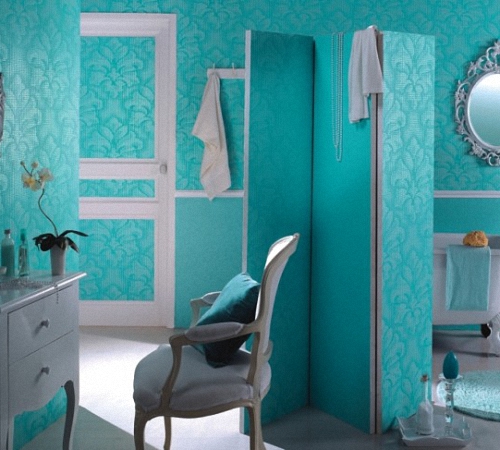
Attention: The low cost of this base of domestic production or expensive imported products does not matter, all varieties are durable. They can be repainted several times, so these wallpapers are economical finishing materials. But if over time the surface vinyl has crumbled and peeled off in fragments, then there is no point in re-painting the wallpaper!
The embossed top of various textures can be selected from catalogs, and the best non-woven wallpaper for painting, imported, looks very impressive, especially in combination with certain paints. They can be painted traditional way or create original decor:
- spray drawings or shadows with an aerosol;
- give the appearance of “golden” coinage;
- paint the walls striped;
- apply a stencil design to smooth non-woven wallpaper for painting, etc.
Another property is that you can make the walls neutral. This is the ideal background for expensive accessories, leather upholstered furniture or collections in glass cases. Such walls will suit almost any style, while their naturalness and environmental friendliness are felt. But remember that a fine texture looks lighter, while a large one will make it visually heavier and better hide surface imperfections.
Another visual property they have is that they create a cozy, homely atmosphere as they look warm and welcoming. This is especially felt when painting in a warm, friendly color:
- lactic;
- caramel;
- peach;
- soft olive;
- orange;
- pale pink.
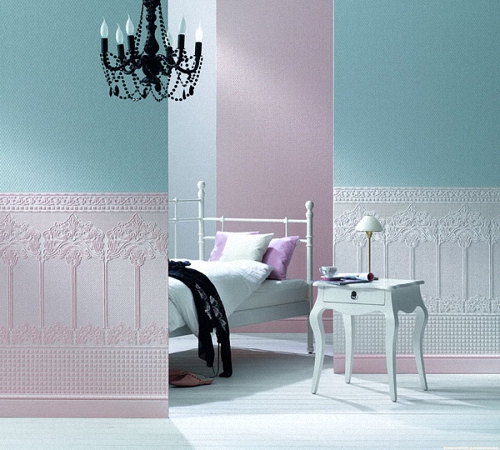
However, their advantage also lies in the compromise option - when family members cannot come to a consensus on a design solution. You can stick on a non-woven base for painting to complete a certain stage of repair, and eventually decide on the color of the walls. Or do light walls for a while, and then repaint them in a more saturated shade. The main thing is to immediately decide on the texture of the base, and then choose a paint for non-woven wallpaper for painting.
But this applies to a greater extent to non-woven wallpaper with vinyl.
When renovating or redecorating a room, you have to solve a number of issues related to the choice of finishing materials. Now the range of offers is so wide that even experienced workers do not know all the possible options: almost every week something new appears in large construction stores. Non-woven wallpaper for painting was just such a novelty quite recently. Of course, now that they have already gained well-deserved popularity, the situation has changed radically, and their predecessors are simply paper based are slowly fading into history. Moreover, this does not depend on the wishes of buyers - the industry simply “curtails” such production. Accordingly, now you can buy non-woven wallpaper in any specialized store. This is quite natural if you remember their advantages.
What is non-woven wallpaper
Translated from German, the word “non-woven material” means “non-woven material”. Its basis is not paper, but pressed cellulose fibers in a certain way, additionally glued with special additives. 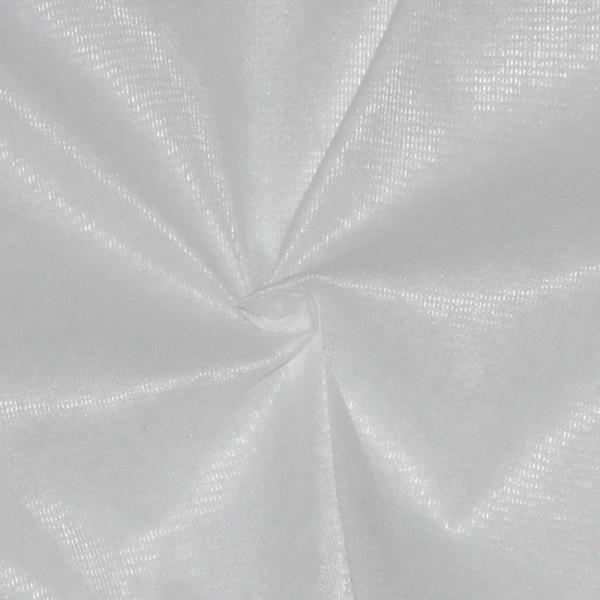 Thanks to this, there is practically no change in the size of the pasted canvases, which paper wallpapers, especially the lower price category, cannot boast of. In addition, the strength of non-woven fabric is higher. The level of breathability is quite sufficient to call such wallpaper “breathable”.
Thanks to this, there is practically no change in the size of the pasted canvases, which paper wallpapers, especially the lower price category, cannot boast of. In addition, the strength of non-woven fabric is higher. The level of breathability is quite sufficient to call such wallpaper “breathable”.
There are several varieties of such wallpaper. So, on the market you can buy “construction interlining” - these are rolls 1 m wide and 20-25 m long. In fact, this is real interlining. The second type is non-woven wallpaper for painting. Unlike the first option, they have a palpable structure: thin enough to be light, but at the same time, durable so as not to tear in your hands. Externally, non-woven ones resemble blotting paper from Soviet notebooks, with the only difference being that the three-dimensional print structure is whiter than the base. After gluing (by the way, the glue is applied only to the base surface) and drying, the wallpaper must be painted. To do this, you can use The optimal result is achieved with a double pass: along, and after the layer has dried, across the glued rolls.
The third type is represented by wallpaper, in which the base is non-woven, and the top layer is made of another material, for example, polyvinyl chloride (vinyl). These are ready-made products that do not require painting.
Main advantage
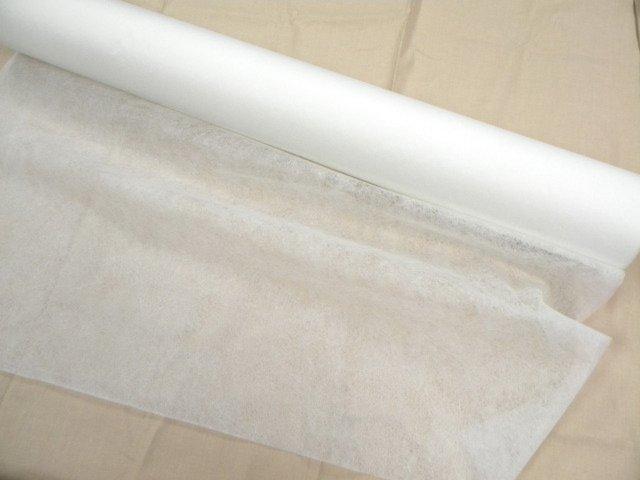 Compared to paper options, non-woven ones have a unique ability to hide microcracks. Let's take a closer look at this point. Residents of private houses are well aware that even perfectly plastered walls and ceilings will develop cracks over time. They can be quite insignificant, but still noticeable. The situation is aggravated if mistakes were made during the construction of the house: a weak foundation that allows subsidence; incorrectly selected masonry material; violations of finishing technology. By the way, even such a seemingly reliable material as drywall can crack at the joint of sheets, even when using special putty. By gluing non-woven wallpaper, you don’t have to worry that a crack that appears will damage the strip, as would be the case with paper versions.
Compared to paper options, non-woven ones have a unique ability to hide microcracks. Let's take a closer look at this point. Residents of private houses are well aware that even perfectly plastered walls and ceilings will develop cracks over time. They can be quite insignificant, but still noticeable. The situation is aggravated if mistakes were made during the construction of the house: a weak foundation that allows subsidence; incorrectly selected masonry material; violations of finishing technology. By the way, even such a seemingly reliable material as drywall can crack at the joint of sheets, even when using special putty. By gluing non-woven wallpaper, you don’t have to worry that a crack that appears will damage the strip, as would be the case with paper versions.
Among the entire range of finishing materials. Their peculiarity is a combination of the positive characteristics of traditional roll wallpaper and the possibility of painting with emulsion or acrylic paint.
They are suitable for gluing both walls and ceilings. Having hung such wallpaper once, you don’t have to think about selecting and buying new ones when the need to make repairs arises. They can be repainted more than once.
The main advantage of structural wallpaper is a wide selection of materials of different textures (relief patterns), which can be painted using different techniques.
Today we will try to understand the intricacies of choosing a material and understand how painting is done.
Paintable wallpaper: species diversity
Structural wallpapers are divided into three groups:
- duplex paper;
- non-woven;
- fiberglass wallpaper.
Choosing wallpaper for painting
They are easy to distinguish by color - they are always white and have a deep relief texture. Structural wallpaper is durable. They endure a large number of repainting, while maintaining its aesthetic appearance. Optimal number of updates for paper wallpaper for painting (cheap) - up to 7, non-woven - up to 15, glass wallpaper - up to 20. Service life - up to 30 years.
Structural wallpapers from Marburg perfectly mask uneven walls, which, given the low price of finishing materials, makes them a preferred choice. Dear wallpaper with beautiful pattern In recent years, only those who are planning to do designer renovations at home have chosen it.
Features of paper wallpaper
Paper structural wallpaper consists of two layers: the first is paper, the second is with a special water-repellent impregnation, which increases the wear resistance of the material. In addition, the waterproof layer allows for wet cleaning of the walls covered with them.
Features of non-woven wallpaper
Non-woven wallpaper shows high level adhesion to the surface they are pasted over, which not only allows you to hide the imperfections of the walls, but also gives them additional strength. The fabric of such wallpaper is based on non-woven fabric, on top of which a foamed vinyl coating with perforation is applied. This coating is characterized by plasticity, so gluing wallpaper on the wall is practically devoid of significant shortcomings. It is used for finishing new buildings and houses that may shrink over time. The non-woven layer will not only not tear, but will also not allow cracks to spread.
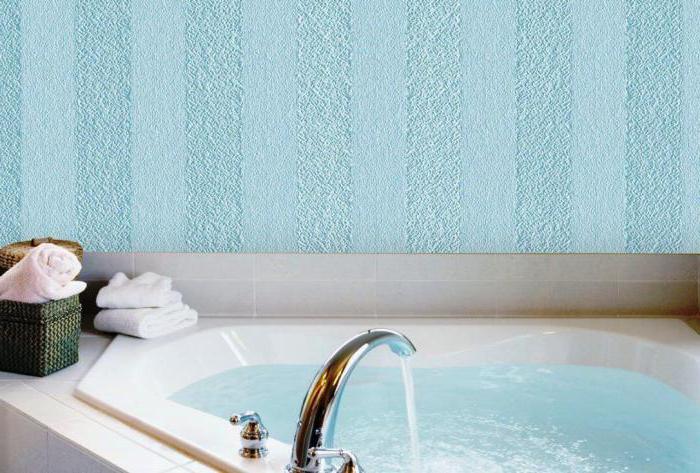
Features of glass wallpaper
The base of the third type of structural wallpaper is made of non-woven fabric, and fiberglass is used for the top layer (made from quartz sand with the addition of various impregnations). Hence the name - glass wallpaper or
They are called fabric because of the ability to imitate textile texture: “canvas”, “matting”, “cobweb”. The distinctive characteristics of glass wallpaper include high moisture resistance, fire safety properties, increased strength, and wear resistance. This is the best option for finishing office and public spaces, cafes, hotels and boutiques.
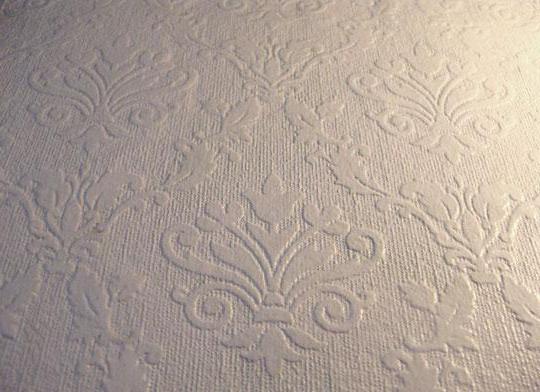
Important! Fiberglass in combination with a non-woven base is excellent for strengthening walls and partitions constructed from foam blocks or plasterboard.
General rules for pasting
- Even if you don't need to finish the ceiling, finish everything preparatory work surfaces (plaster, primer, paint) even before finishing the walls.
- Before pasting, be sure to prepare the walls: plaster and prime new walls, old ones (from which the wallpaper has been removed) just need to be primed. You can start gluing only after 24 hours, when the primer is completely dry.
- Cut the paper wallpaper panels with a margin of up to 5 cm from the bottom and top. Non-woven wallpaper cannot always be cut, but fiberglass-based wallpaper is glued to the wall by unwinding the roll, and then cut.
- The consistency for duplex paper wallpaper should be thicker than for simplex wallpaper. It is necessary to prepare the adhesive composition strictly following the instructions.
- Excessively liquid glue will wet and soften the wallpaper, making it more vulnerable. In addition, heavy panels will not be able to stay on the wall and will fall off.
- Non-woven and fiberglass-based wallpapers are glued with a special glue.
- Since the wallpaper is glued end to end, work begins from the corner from left to right. Since the wallpaper is dense, the overlap will look unsightly, especially after painting.
- When gluing corners, attention must be paid Special attention. When finishing the corners, a strip of wallpaper is glued so that it only slightly overlaps the edge of the adjacent corner.
- The next panel is glued overlapping. With the wallpaper on the wall, draw it down the middle of the double layer of wallpaper. vertical stripe markings. Arm yourself with a ruler and a utility knife and cut the wallpaper along this strip, removing the scraps and smoothing the joint.
- Having finished the work, the joints of the walls with the ceiling and floor can be decorated with plinths and baguettes, which not only perform a decorative function, but also help seal the joints.
Paper wallpaper technology
Working with two-layer wallpaper is no different from gluing with regular paper wallpaper. After coating the canvas, fold it like an accordion and let it soak in glue, setting it aside for a few minutes. While you wait, you can coat the next section of wallpaper with glue.
When the wallpaper is saturated with glue, unroll it and stick it on the wall. Don't forget to smooth the canvas over the surface using a wallpaper brush, roller or gauze pad. Trim the remaining wallpaper using a construction or stationery knife when dry.
Many people ask: “How long does wallpaper dry before painting after hanging?” And experts have an answer to this question. It all depends on the amount of glue applied, but it takes at least 24 hours for it to dry completely.
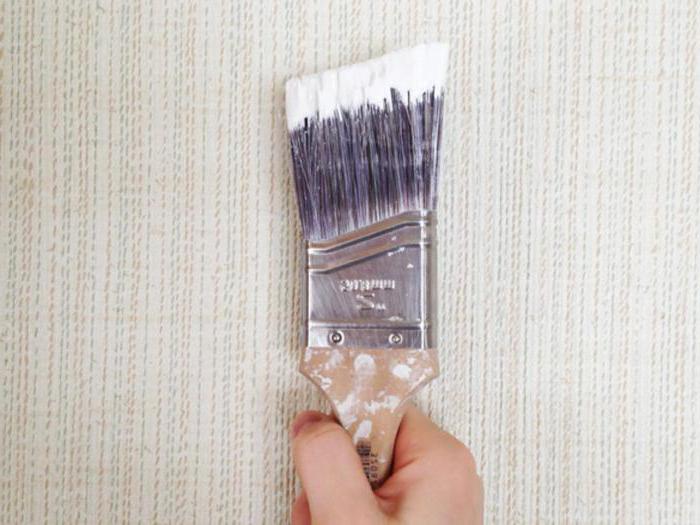
Please note that when handling paper wallpaper, you must be careful: excess glue can cause it to stretch, bubble or tear; sometimes, when gluing an overly wet paper wallpaper, it loses its texture. This is due to the fact that paper-based wallpaper is very delicate.
Non-woven wallpaper technology
Non-woven - best wallpapers for painting. This process is different from the previous one, and in comparison with other techniques it has distinctive characteristics. Non-woven wallpaper does not have the disadvantages that are present in working with paper wallpaper: it does not bubble, tear or deform.
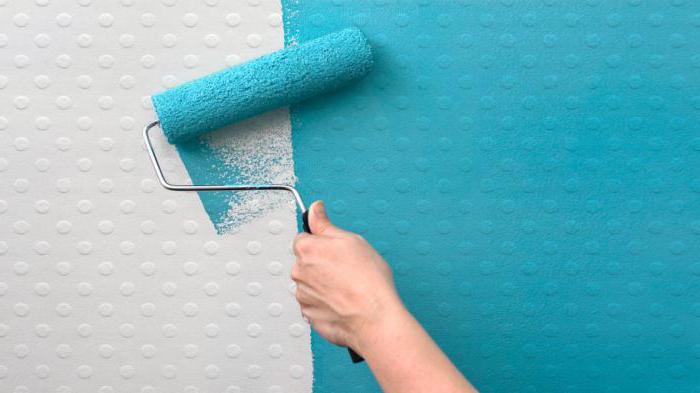
Thin non-woven wallpaper is cut into strips, spread with glue, and left to soak in it. Sometimes both the wallpaper and the wall are coated with glue, but more often than not there is no such need, and only the surface of the wall is covered with the adhesive.
Wallpapering for painting (non-woven) looks like this:
- Apply glue to a section of the wall slightly larger than the width of the wallpaper itself.
- The wallpaper is unrolled from the roll and pasted onto the wall. Pressing with a rubber spatula, cut along the line of the baseboard. With this gluing technique, there is usually no need to smooth the wallpaper: it fits well on a flat vertical surface.
Glass wallpaper technology
When starting work, prime the walls with a colorless latex primer, since fiberglass-based wallpaper is quite transparent.
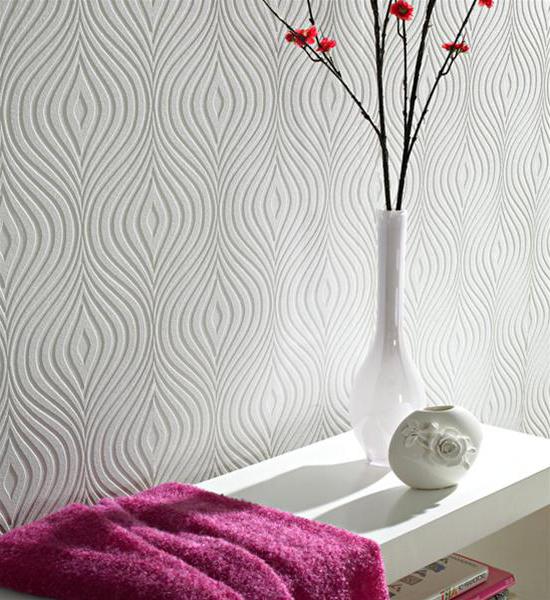
The method of gluing walls is reminiscent of the technology of finishing with non-woven wallpaper. The only thing that's different is the glue. For glass wallpaper, you need to buy a special adhesive intended for heavy types of fabric.
After gluing, when the fiberglass wallpaper has dried, it is additionally covered with a layer of glue, on top of which paint is applied.
Important! Fiberglass can be painted only after the primer layer has completely dried.
Wallpapering for painting involves using a special water-dispersion or latex paint. Using a tint color, it can be painted in any color.
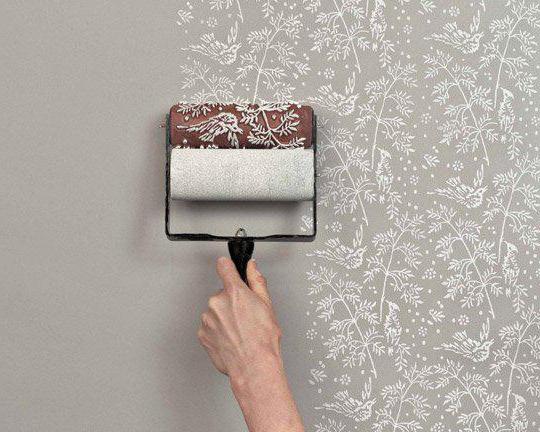
Compared to other types of wallpaper, fiberglass-based wall coverings have high strength characteristics. Walls with such finishing are not afraid of scratches or other mechanical damage. In addition, such wallpaper can be washed with a brush detergent without fear of spoiling them.
Wallpapering for painting is not only practical and economical. This finishing material is easy to work with, and you can apply paint using any technique, which allows your imagination to run wild.
The choice of wallpaper for renovation is one of the most important factors; they mainly determine the style, character and atmosphere of the home. Species wallpaper material there are a great many, but today we will talk about non-woven wallpaper for painting, since recently they have become especially popular.
In the article we will talk about the types of these wallpapers, their positive and negative sides, methods of application, as well as the choice of glue and paint for repairs.
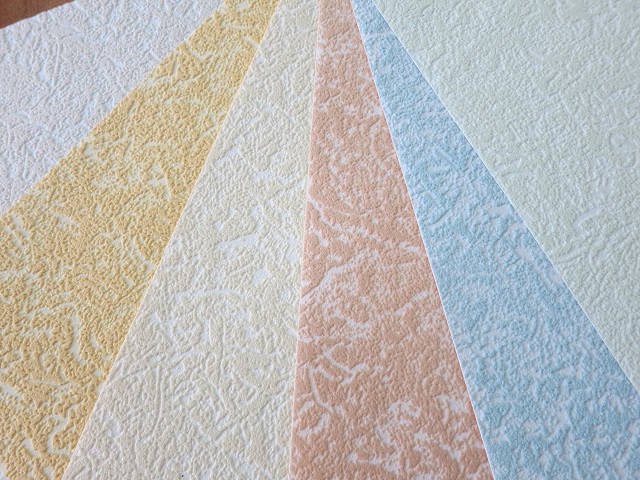
Non-woven fabric is a semi-synthetic non-woven material based on cellulose fiber, sometimes with the addition of polyester.
Its properties are similar to paper, but it has increased performance characteristics:
- High strength.
- Abrasion resistant.
- A denser base.
- Increased resistance to open fire.
- Good moisture resistance.
- Not subject to fading.
- Not afraid of mechanical damage.
- Allows repeated repainting (5–7 times).
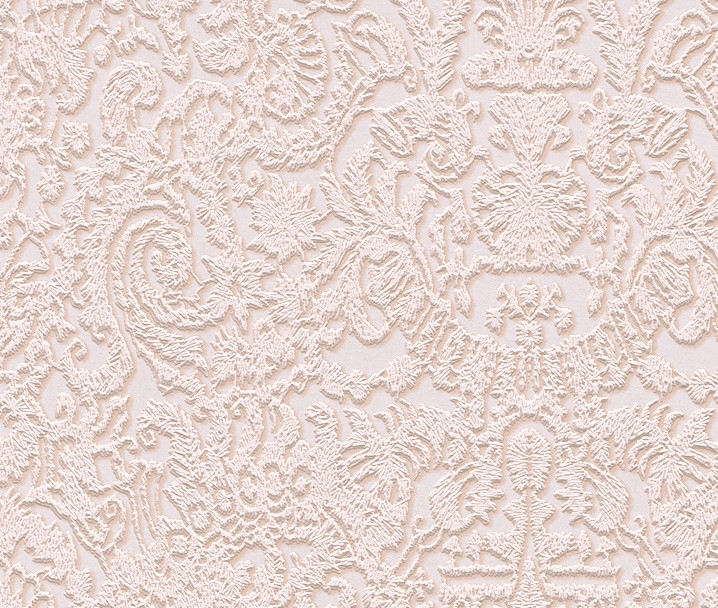
There is an opinion that non-woven wallpaper for painting is harmful, you can argue with that! Wallpaper contains cellulose, a material used to make paper. And everyone knows that paper is an environmentally friendly product.
In addition, for soldering layers and applying patterns to canvases, compositions that do not contain harmful substances (formaldehyde) are used. The only risk for people prone to allergies can be dust accumulating on the texture of the wallpaper. But if the canvases are smooth, then even this danger disappears.
Paintable wallpaper is divided into two types:
- Non-woven on a paper basis.
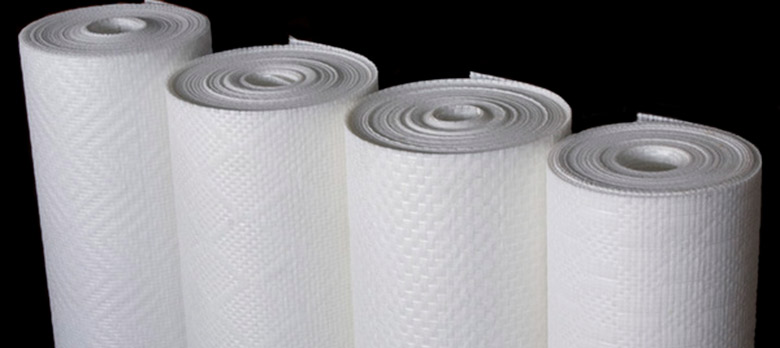
They consist of two or three layers welded together with a polymer composition, the top one is made directly from non-woven fabric, the rest make up a dense base of glued paper.
- Non-woven wallpaper for painting.
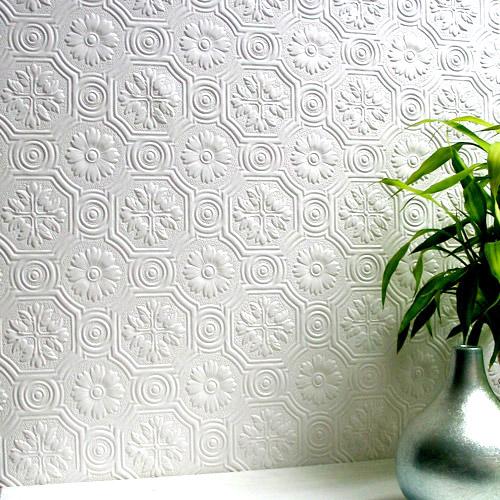
In this case, the front side is covered with vinyl, acrylic or textile, and the inside consists of a layer of non-woven fabric.
Based on their appearance, canvases for painting are divided into two categories:
- Smooth. The front side has a uniform, flat surface.
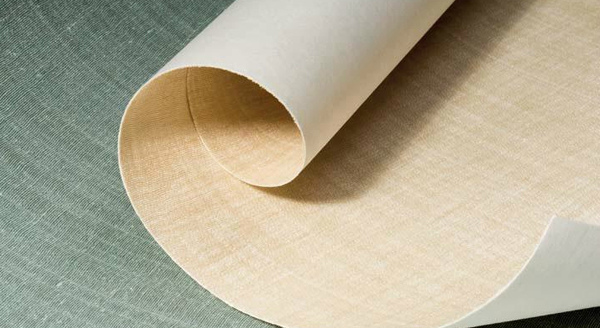
- Structural. A voluminous chaotic or ordered pattern is applied to the outer canvas.
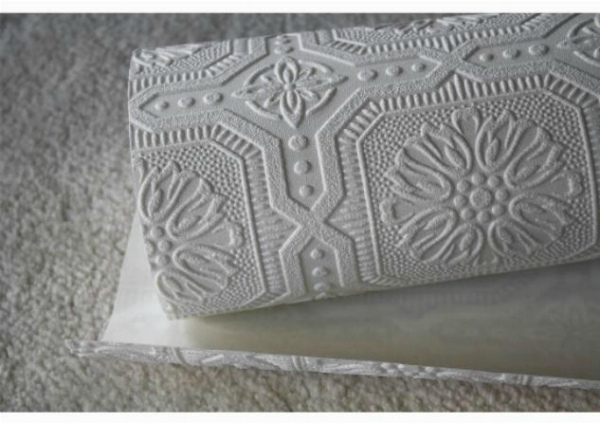
Non-woven wallpaper does not deform after drying, which eliminates discrepancies joining seams. Since the canvases are quite thick, they are glued end to end, the glue is applied mainly to the wall. This method makes the work easier, and the wallpaper does not tear when smoothing.
To increase strength, a protective moisture-repellent film is applied to the canvas, so the material does not get wet when in contact with paint or glue.
How to choose non-woven wallpaper
As we found out, the best option For an interior with plain painted walls, non-woven wallpaper can be painted.
Let's look at what parameters you need to choose canvases in order to purchase high-quality and reliable material:
- Wallpaper type.
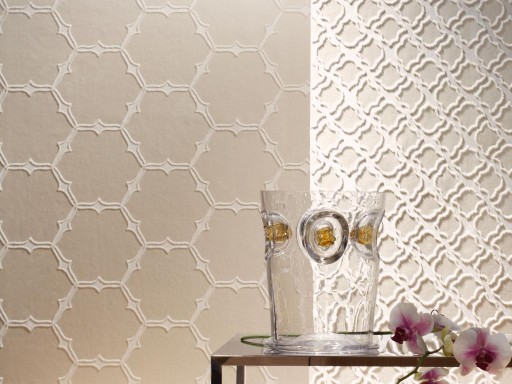
Non-woven wallpaper is quite transparent; a wall with an uneven color surface can be seen through it. You can repaint such wallpaper 5–7 times.
Non-woven wallpaper is thicker; it doesn’t matter what the previous wall color was. Canvases can be repainted up to 15 times, but as a result this will affect the surface topography.
- Thickness of the canvas.
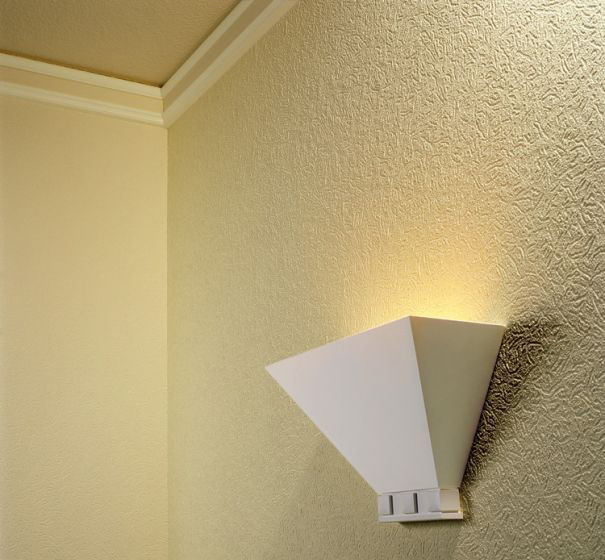
They are purchased mainly for ceilings or even walls, since they are lighter and, accordingly, easier to glue.
The second type is used for problematic surfaces. If the wall is not perfectly flat and has some defects, then such wallpaper will be perfect. They are denser and will perfectly hide holes, cracks or small potholes on the surface.
- The texture of the surface of the canvas.
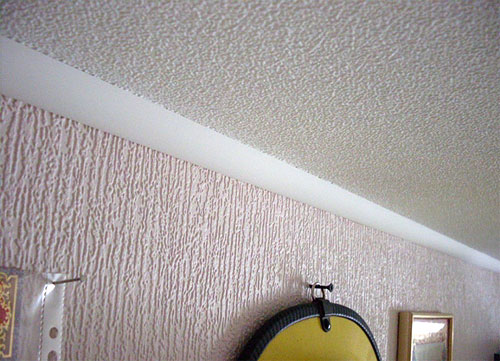
The choice of this factor depends on where the wallpaper will be glued. For ceilings, smooth non-woven wallpaper is usually purchased for painting, and embossed wallpaper is used for pasting walls.
- Wallpaper color.

Manufacturers offer two types of material: tinted and white non-woven wallpaper for painting. If there is no need to immediately paint the walls, then you can choose canvases desired color, and subsequently repaint them in any other tone.
- Material price.
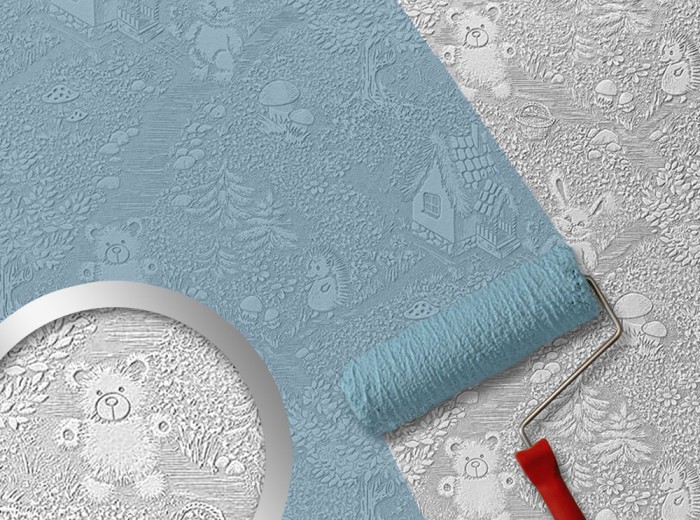
This factor plays an important role when choosing wallpaper, since the cost of the canvases is not small. But if you think that with high-quality stickers and painting, the apartment will not need repairs for several years, then you should not save on the price.
Although now, with a huge assortment and great competition, you can find non-woven wallpaper at very different prices, and many stores have a system of flexible discounts. And, of course, you need to pay attention to the manufacturer; if funds allow, then it is better to purchase finishing materials from trusted companies.
We have given 5 main factors by which you should choose wallpaper of this type, and now we will tell you which adhesive is best for non-woven wallpaper.
Glue selection
We present to your attention the TOP 5 best views glue for non-woven wallpaper:
- EXCLUSIVE NON WOVEN
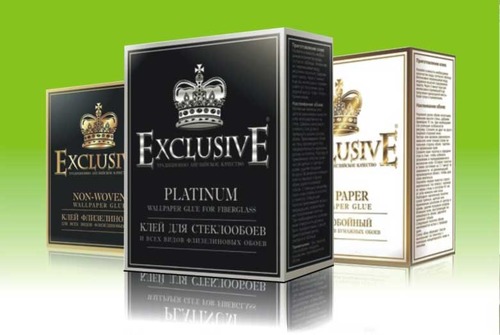
The adhesive contains methylcellulose, modified starch, additives with antifungal properties, has rapid setting and good sliding properties, and becomes transparent after drying.
- Quelyd "Special non-woven fabric".
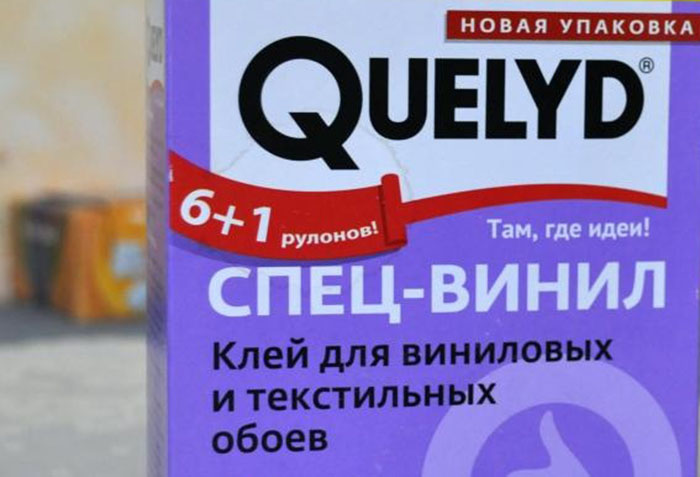
It contains bactericidal and antifungal additives, works well with heavy wallpaper, sets quickly, and leaves no marks on the canvas after drying.
- Methylane Interlining Ultra Premium.
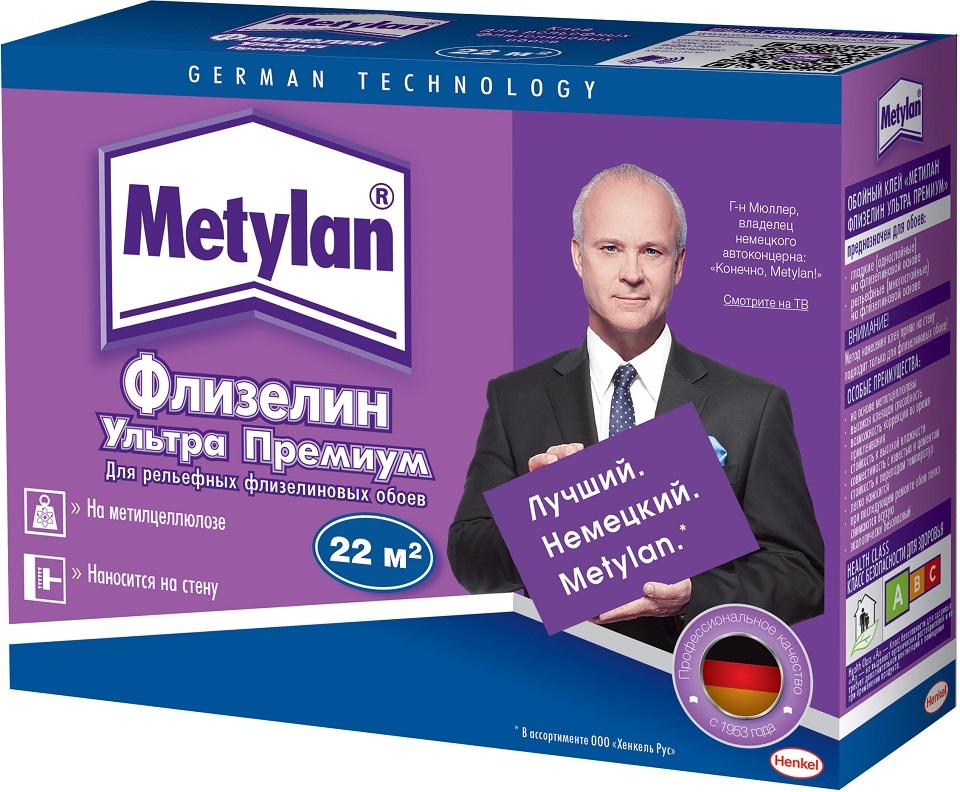
The adhesive has reinforced adhesive components that promote better adhesion and is used on all types of wall surfaces.
- Pufas EURO 3000 Non-woven special.
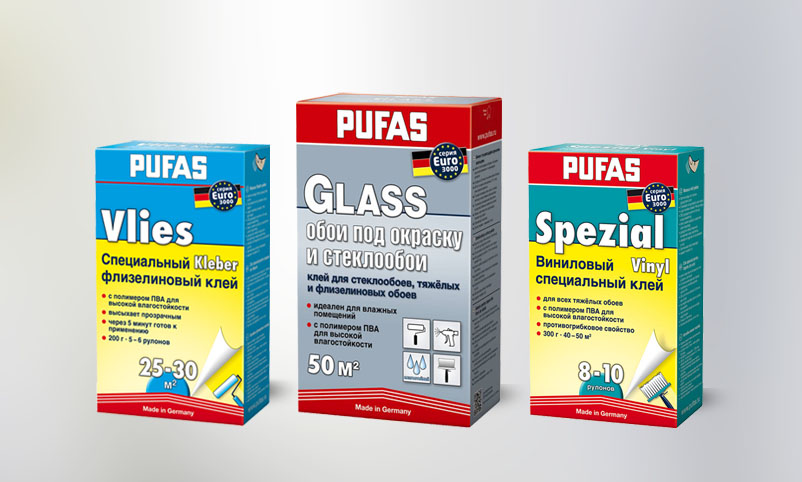
Of the five types of Pufas brand, this glue is the most suitable for non-woven wallpaper. Available in both a transparent composition and with a blue indicator. It has excellent sliding ability and fast setting, and becomes transparent after drying.
- KLEO Extra Non-woven Line Premium.
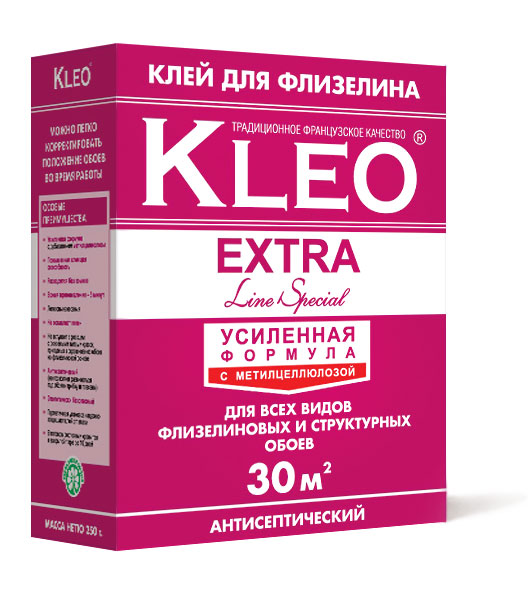
It contains the same modified starch and antifungal additives, good adhesion and excellent adhesion. Particularly good for gluing heavy wallpaper.
It must be said that all presented adhesive compositions they practically do not leave marks on the wallpaper, which means that even if glue accidentally gets on the front surface of the canvases, they will not spoil appearance expensive wallpaper. In addition, the compositions have an affordable price, high quality, economical consumption and clear instructions for breeding.
Many manufacturers immediately produce a similar glue for their brand of wallpaper, but if it is not available, then the TOP 5 presented will help you make a choice.
Paint for non-woven wallpaper
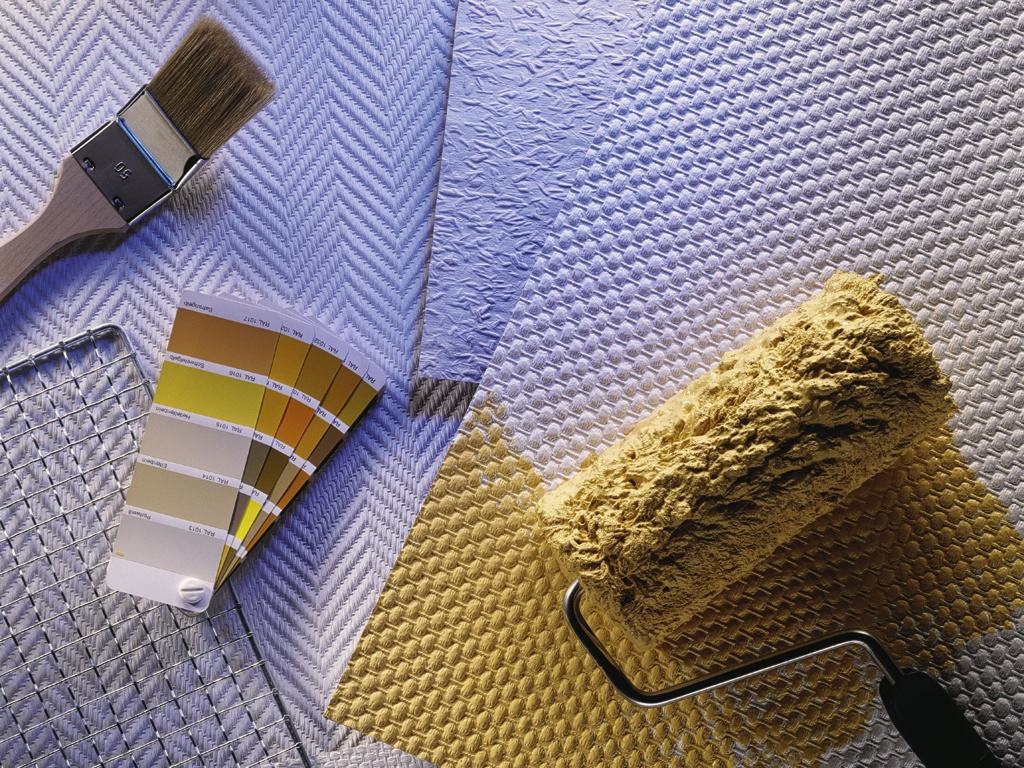
Since we have non-woven wallpaper - wallpaper that can be painted, you need to know what paint to use for it fits better others.
Three types of paint are used for painting canvases:
- Acrylic water-dispersion.
All types have excellent air permeability (“breathe”), are easy to apply, economical, and UV resistant. But if water emulsion is less resistant to abrasion and is easily washed off with water, then acrylic and latex have excellent strength and water-repellent properties, they can even be washed with neutral agents.
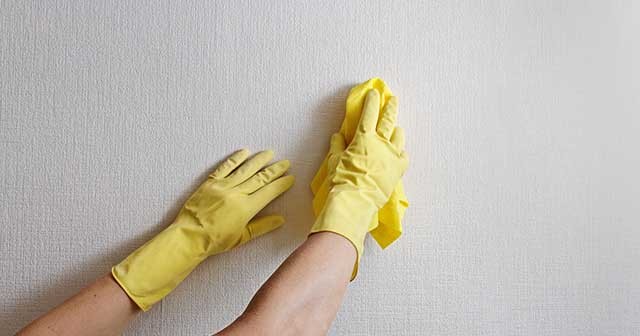
Therefore, the first type is used mainly for painting ceilings and walls in dry rooms, while the second and third are used in any room, even bathrooms. The advantages of these types are the absence unpleasant odor when painting, fast drying and high environmental safety, they can be used in kitchens and children's rooms, as well as in areas with high traffic.
Paint for non-woven wallpaper for painting can be:
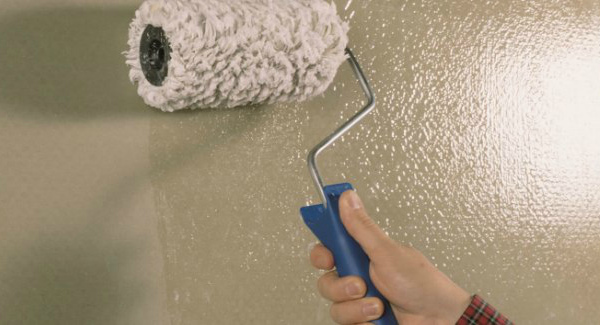
- Matte, it perfectly masks defects on walls and ceilings.
- Semi-matte, which is used mainly in dark rooms (corridors, hallways).
- Glossy, it is recommended to use it perfectly smooth walls, since the play of light and bright reflections will highlight in relief all the depressions and tubercles on their surface.
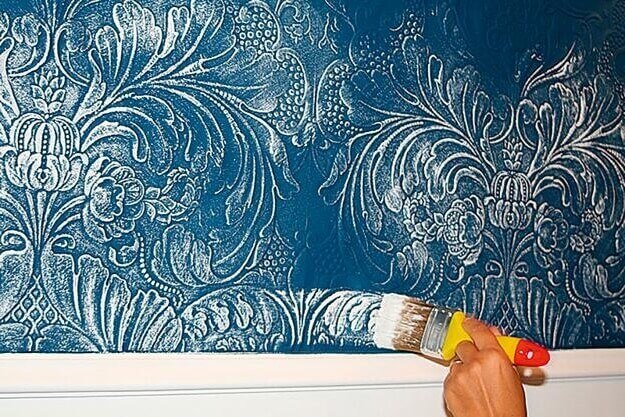
For volumetric paintings, designers combine paint: they apply matte paint to the entire surface, and then the relief is painted glossy, thus highlighting the design even more clearly. Or they paint structural wallpaper with a special roller, which applies paint only to the convex part of the pattern.
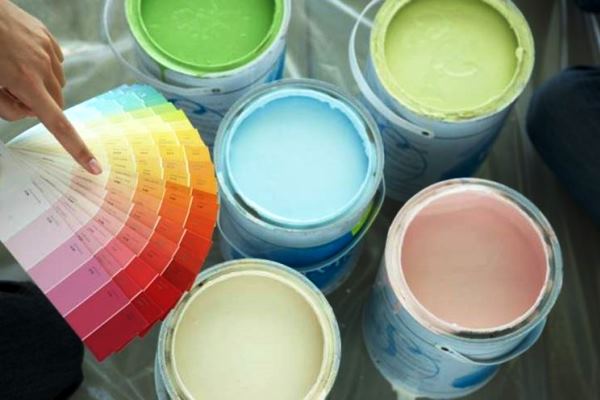
Experts advise purchasing white wallpaper for painting, but if you initially chose colored wallpaper, then to choose the right shade, it is better to contact a specialist.
Important! When this is not possible, and you mixed the color with your own hands, then you should not paint the entire wall at once, what if you don’t like it after it dries? You need to try the resulting color on a small, inconspicuous area to finally decide on the chosen tone.
The construction market offers the following widely used and proven brands:
- Tikkurila.
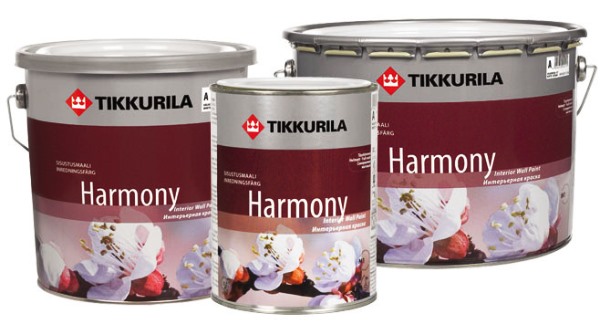
Country of origin – Finland, acrylate paint for wallpaper dries quickly, fits perfectly on any surface. It has many fashionable, elite shades. Can be used in any premises.
- Tex.
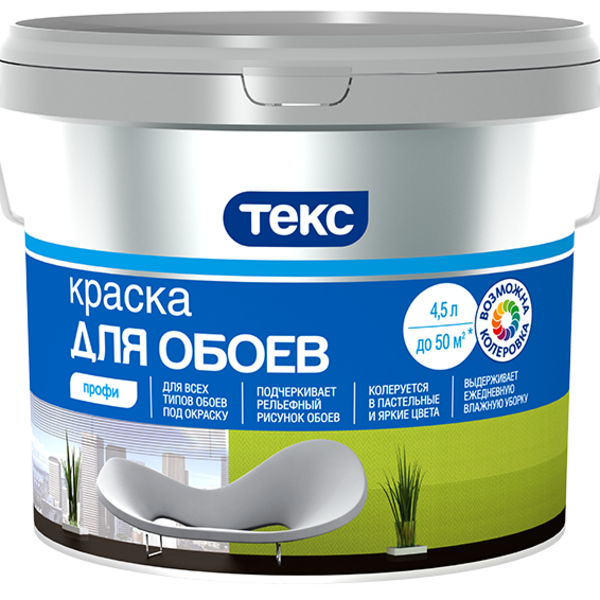
Country of origin: Russia. The base is super white; a wide range of shades has been developed for tinting; it is used for painting wallpaper of any type. Withstands daily wet cleaning.
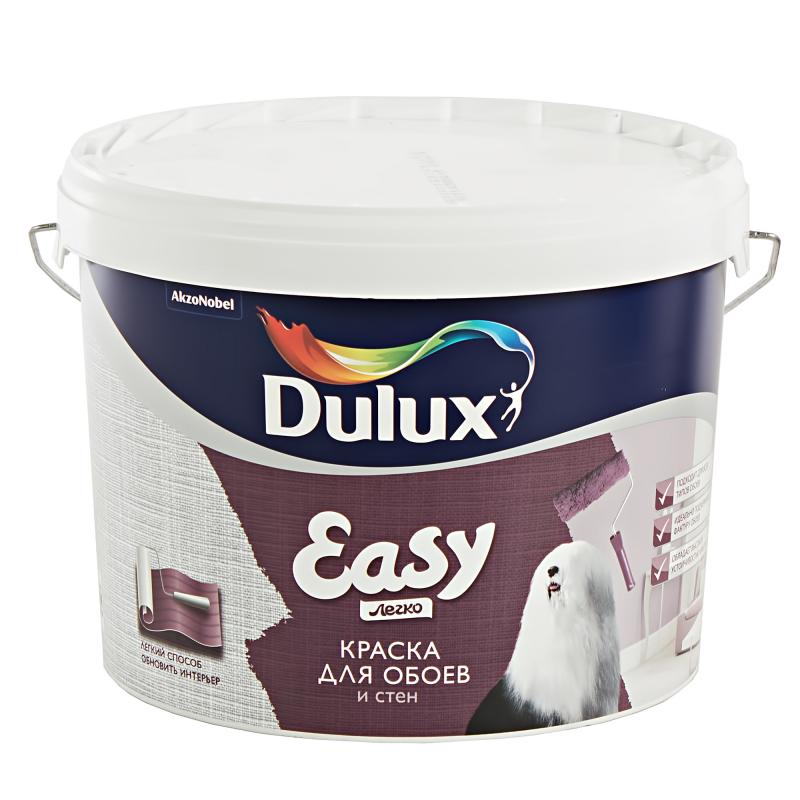
Country of origin: Russia. The main color is white, a wide range of colorants. It is used in rooms with moderate humidity, dries quickly, is easy to apply, and is highly environmentally friendly.
![]()
Country of origin: Denmark. Forms a thin coating that emphasizes the pattern of the canvas, is evenly distributed, and is resistant to abrasion and wet cleaning.
These brands are distinguished by good coverage, economy, evenness of application, depth and richness of shades. In addition, they are time-tested, do not fade and retain their original color for a long period of use.
Gallery
We offer a selection of several interesting design solutions using wallpaper for painting.
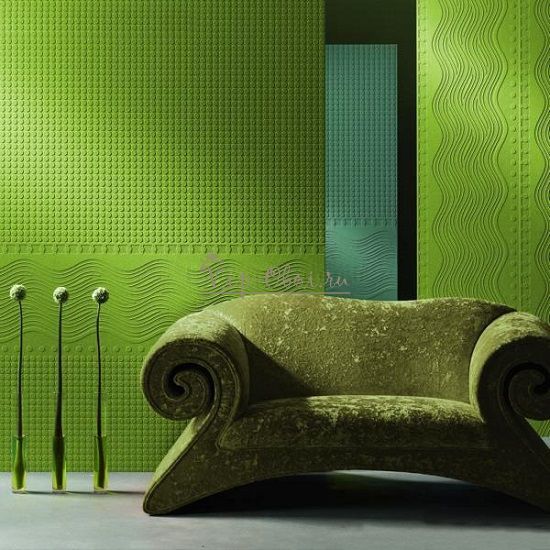
We hope that we have clearly explained the types of wallpaper for painting, the adhesives and paints used, and presented photos and videos in this article. And if you decide to use non-woven wallpaper in your home, then the interior of your home will always be new, bright and memorable.
